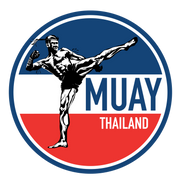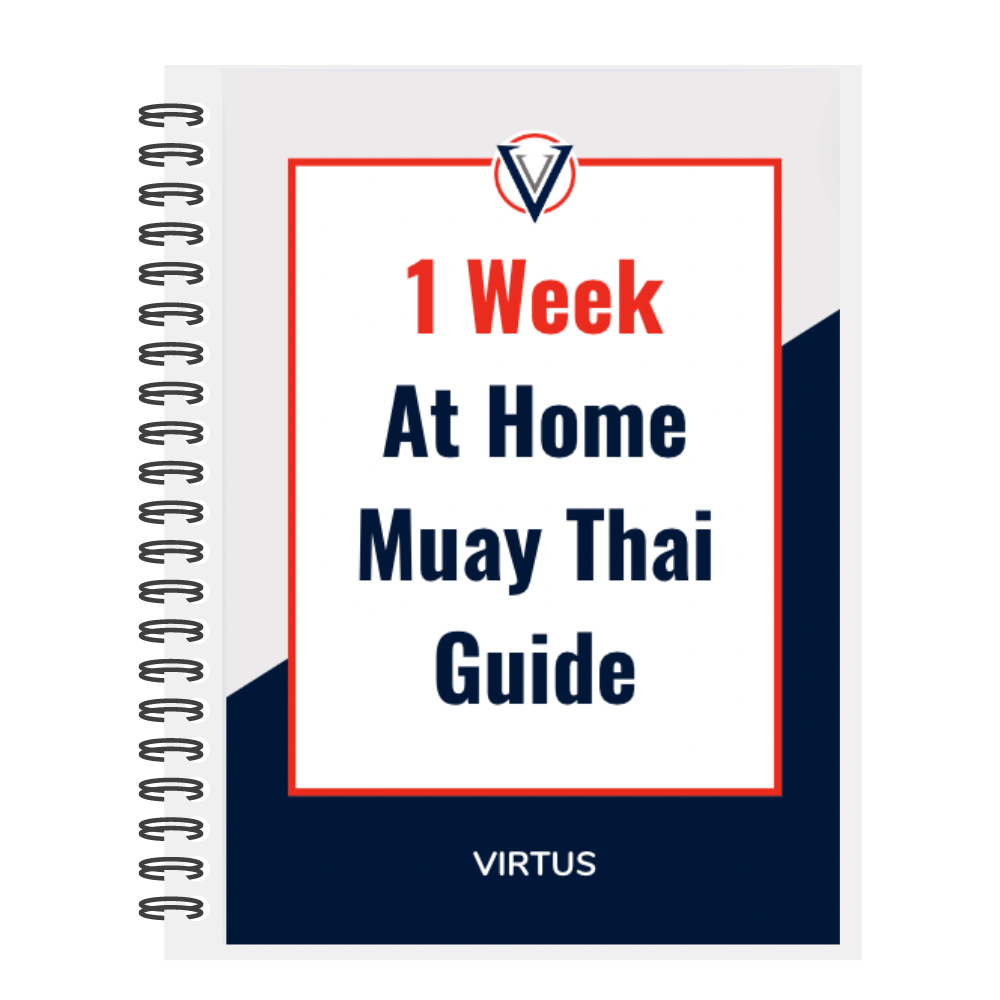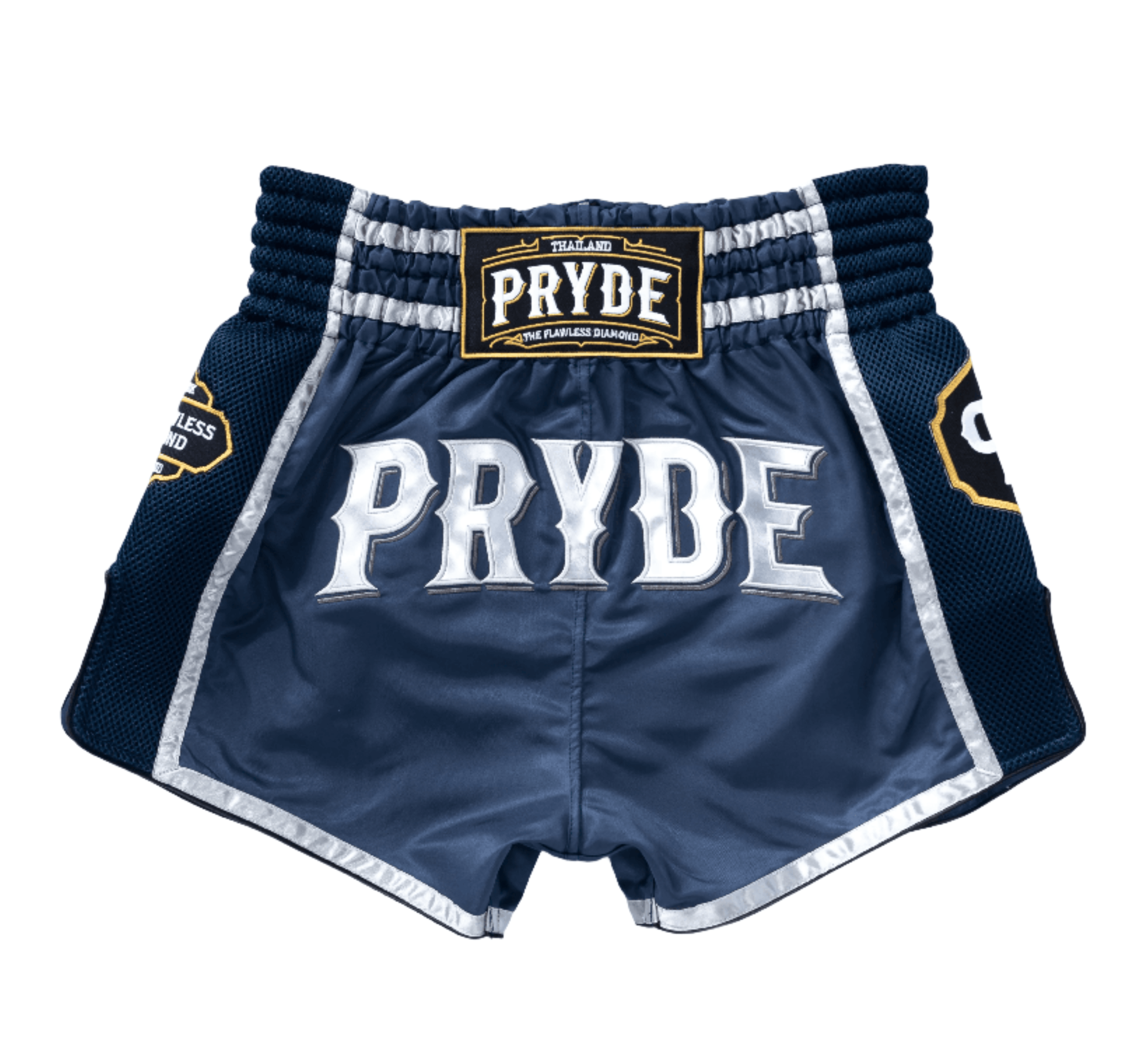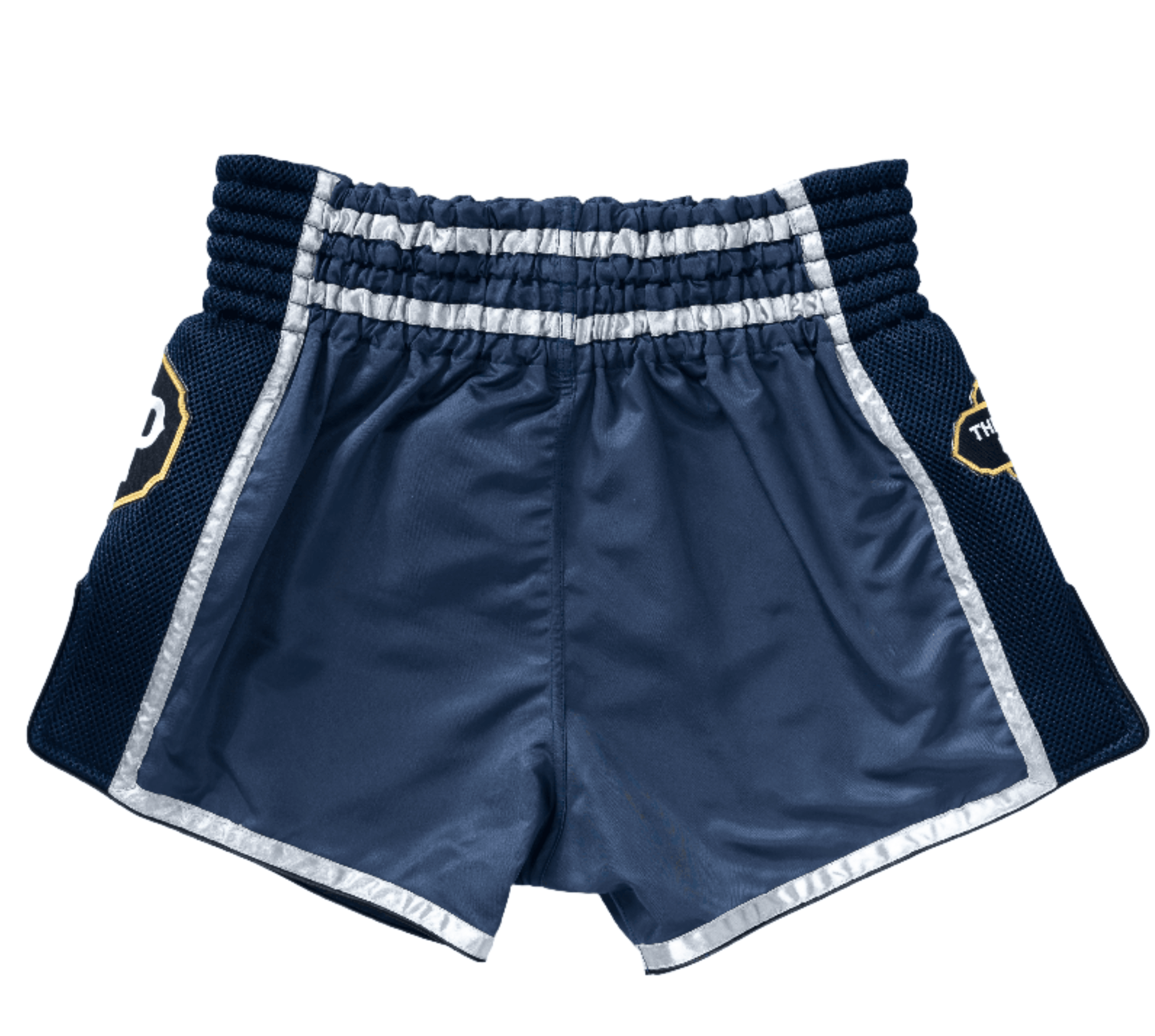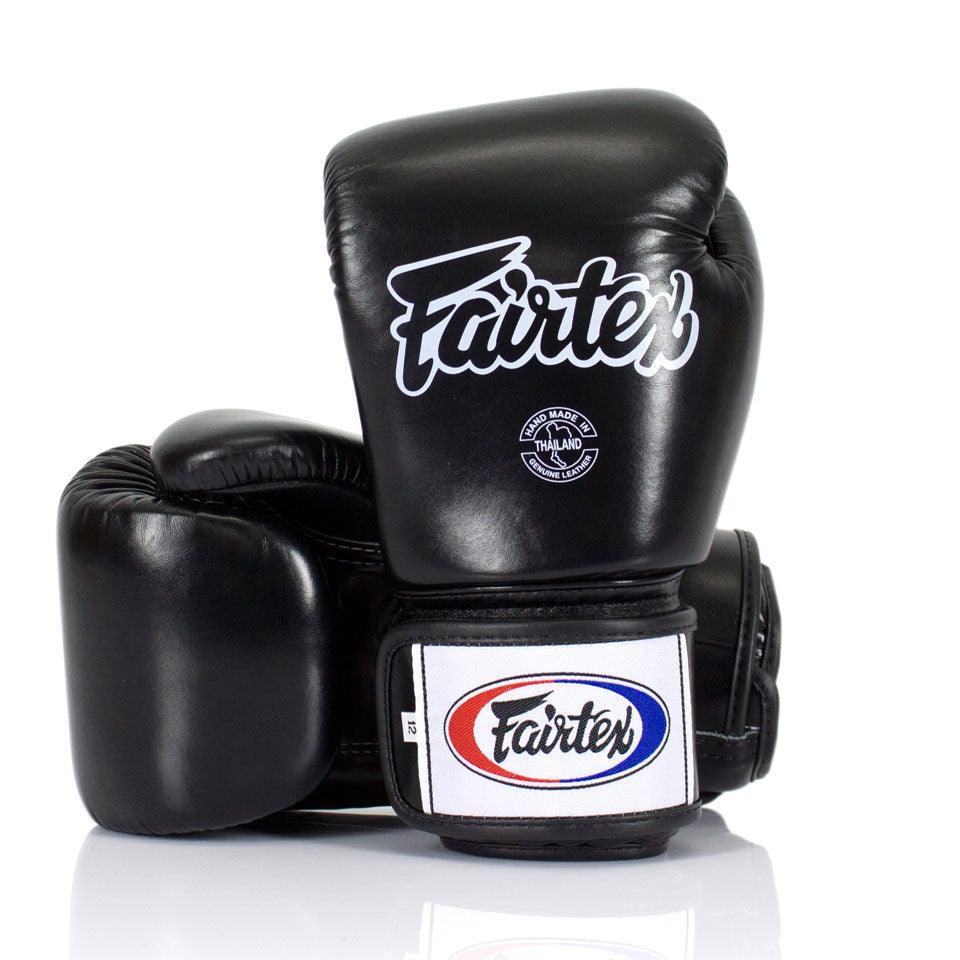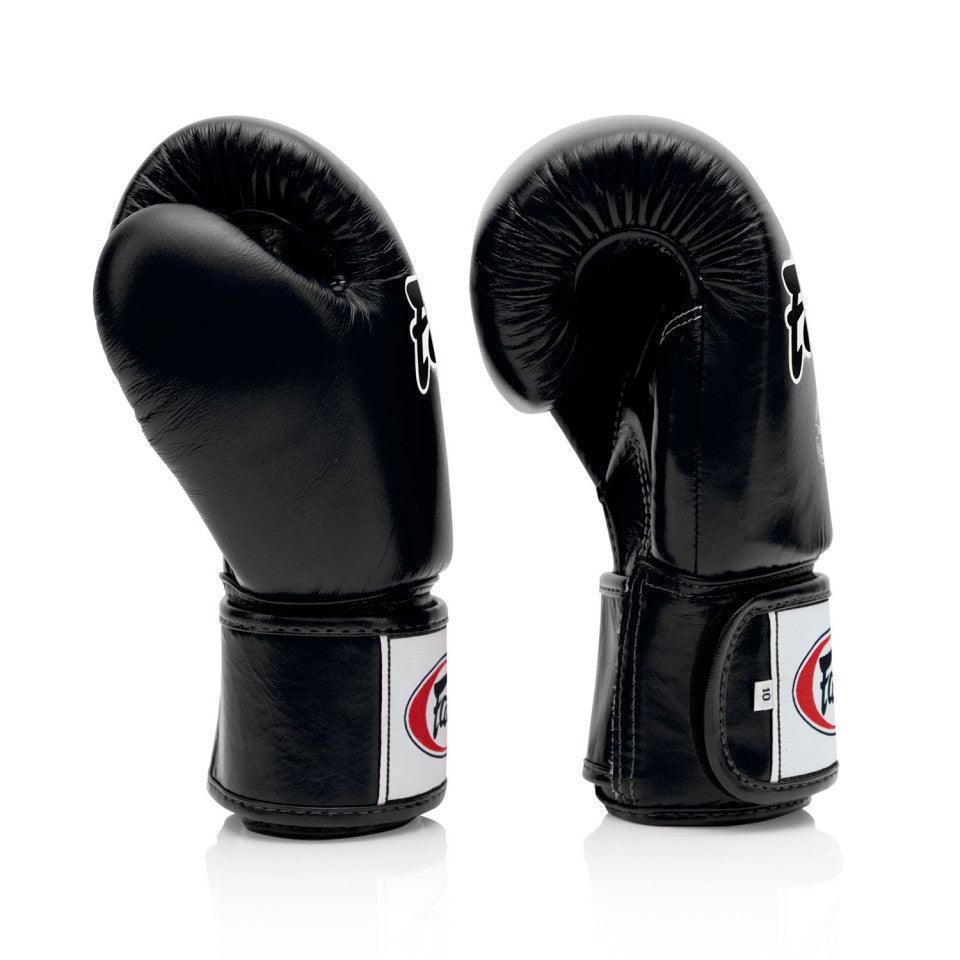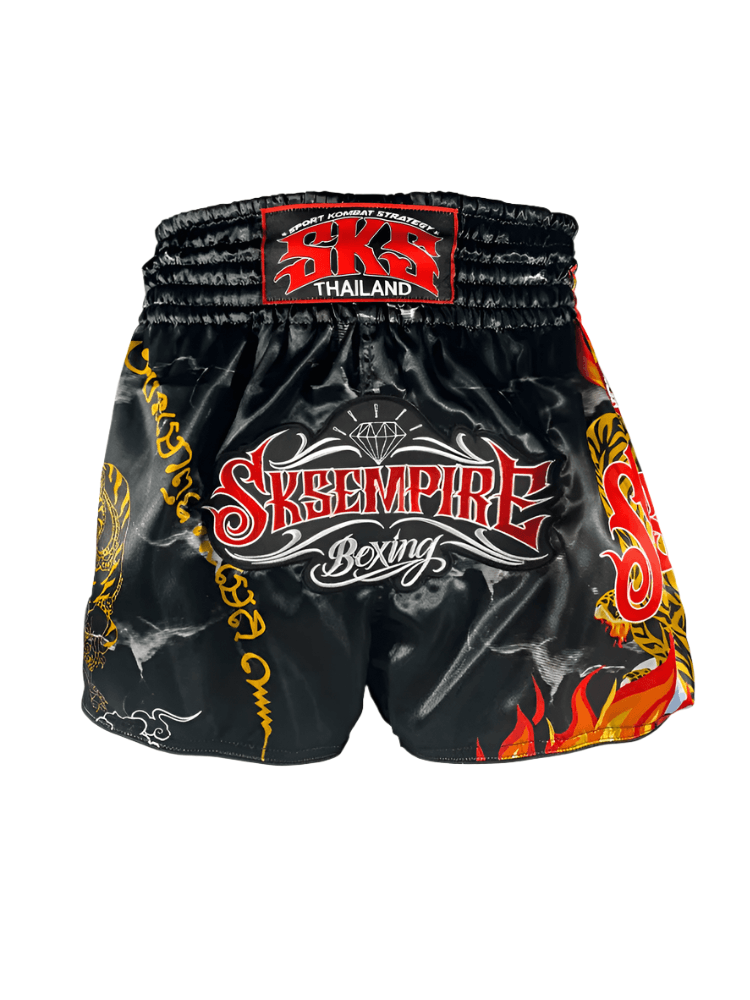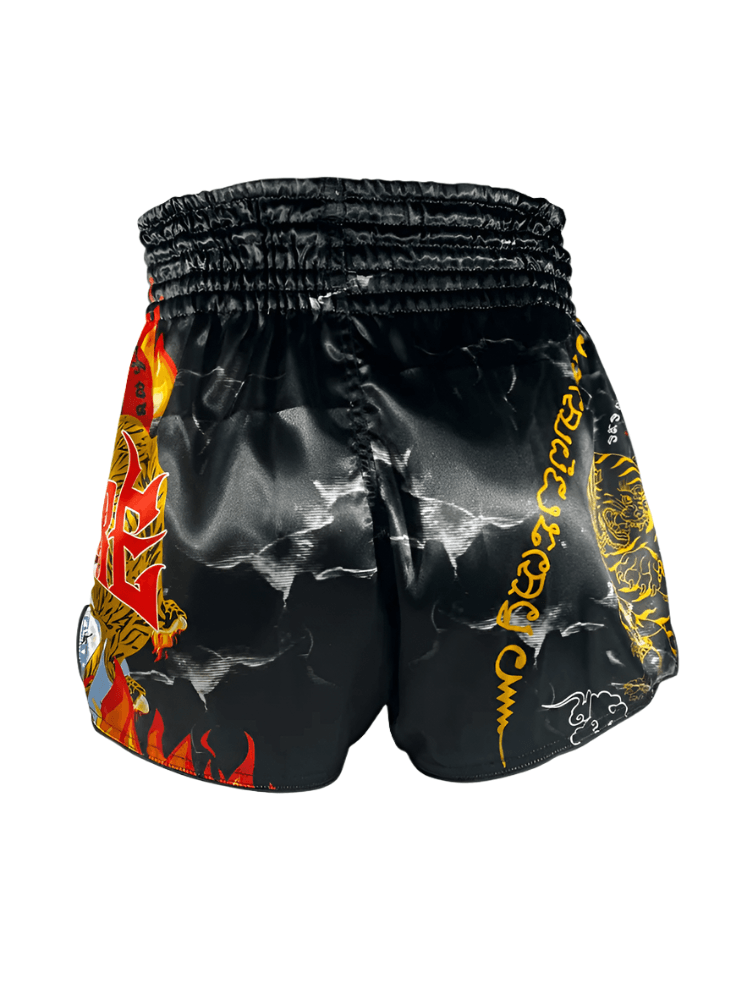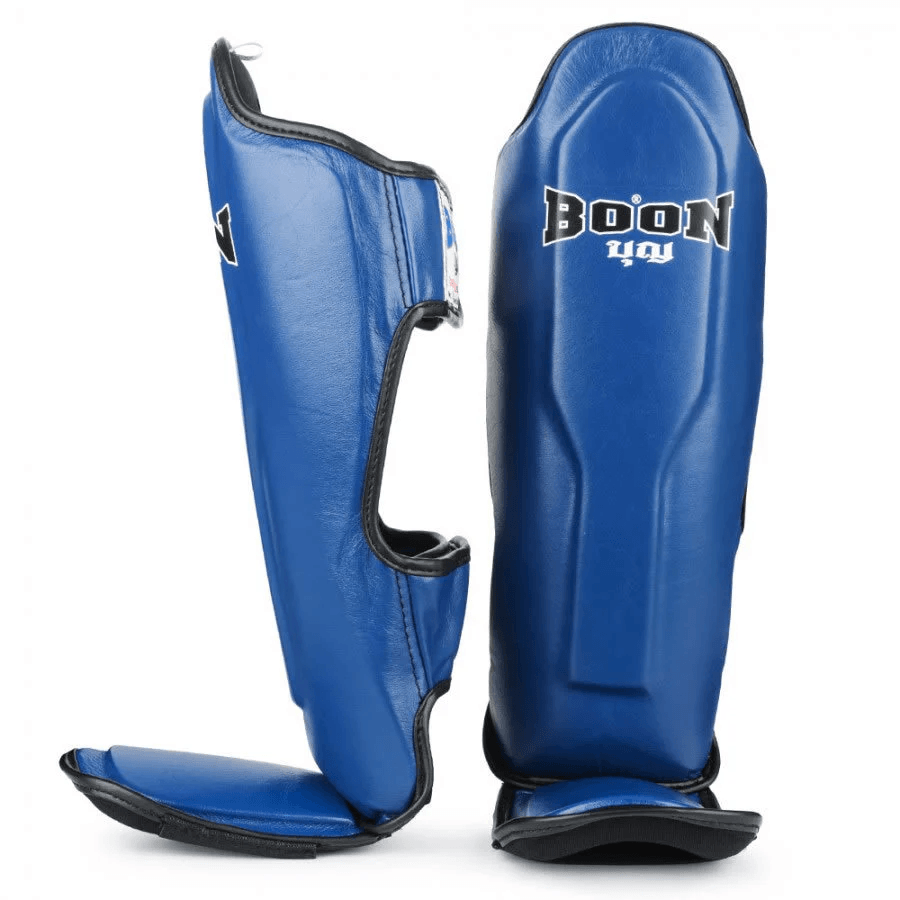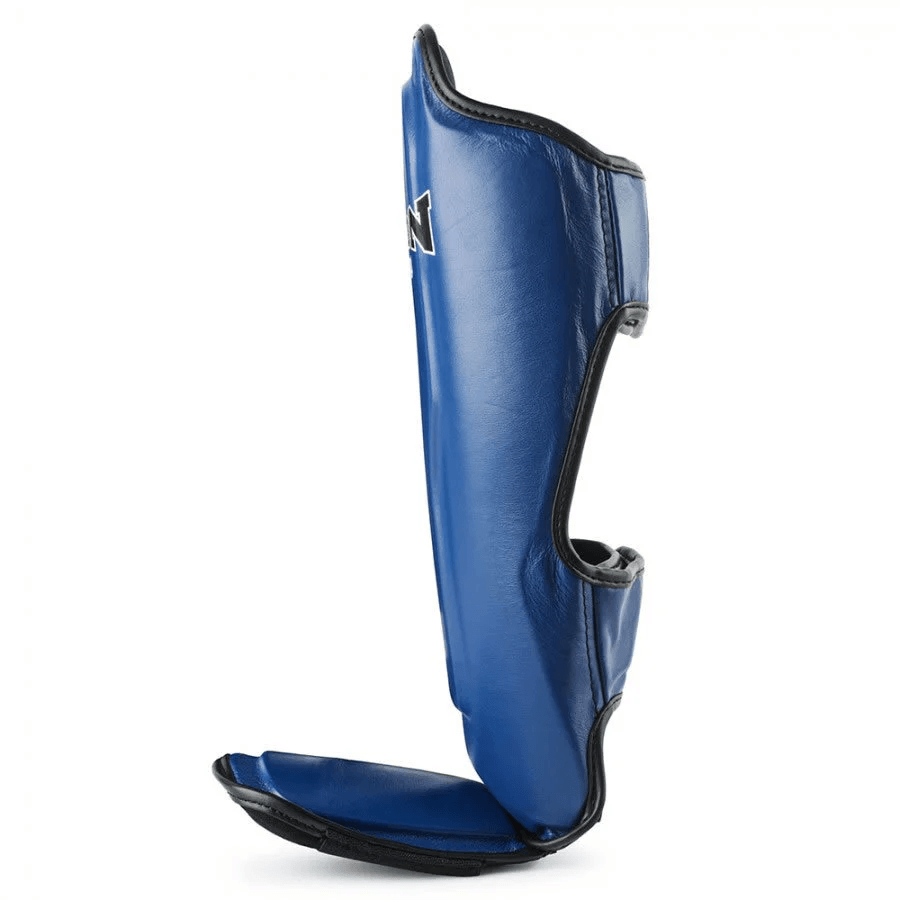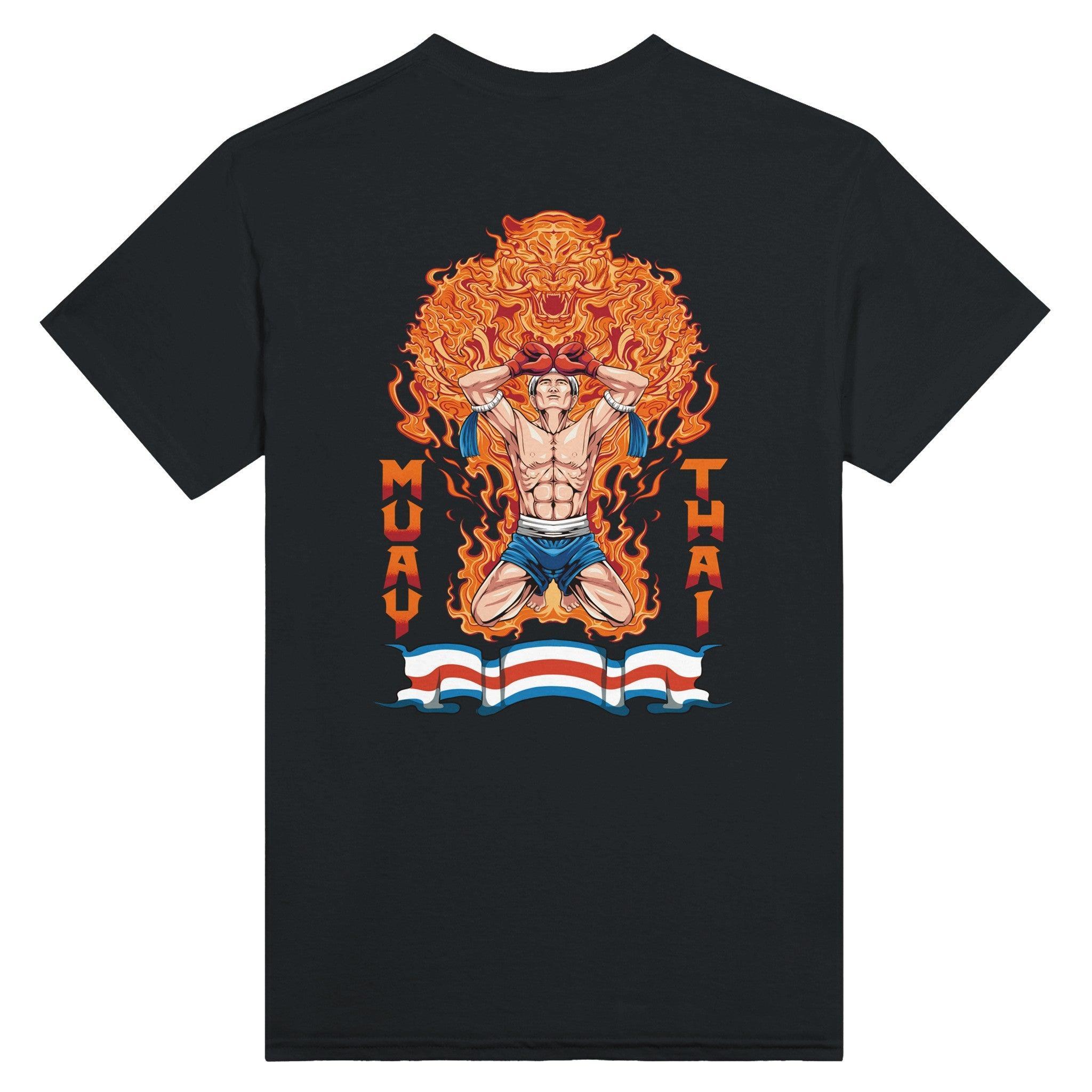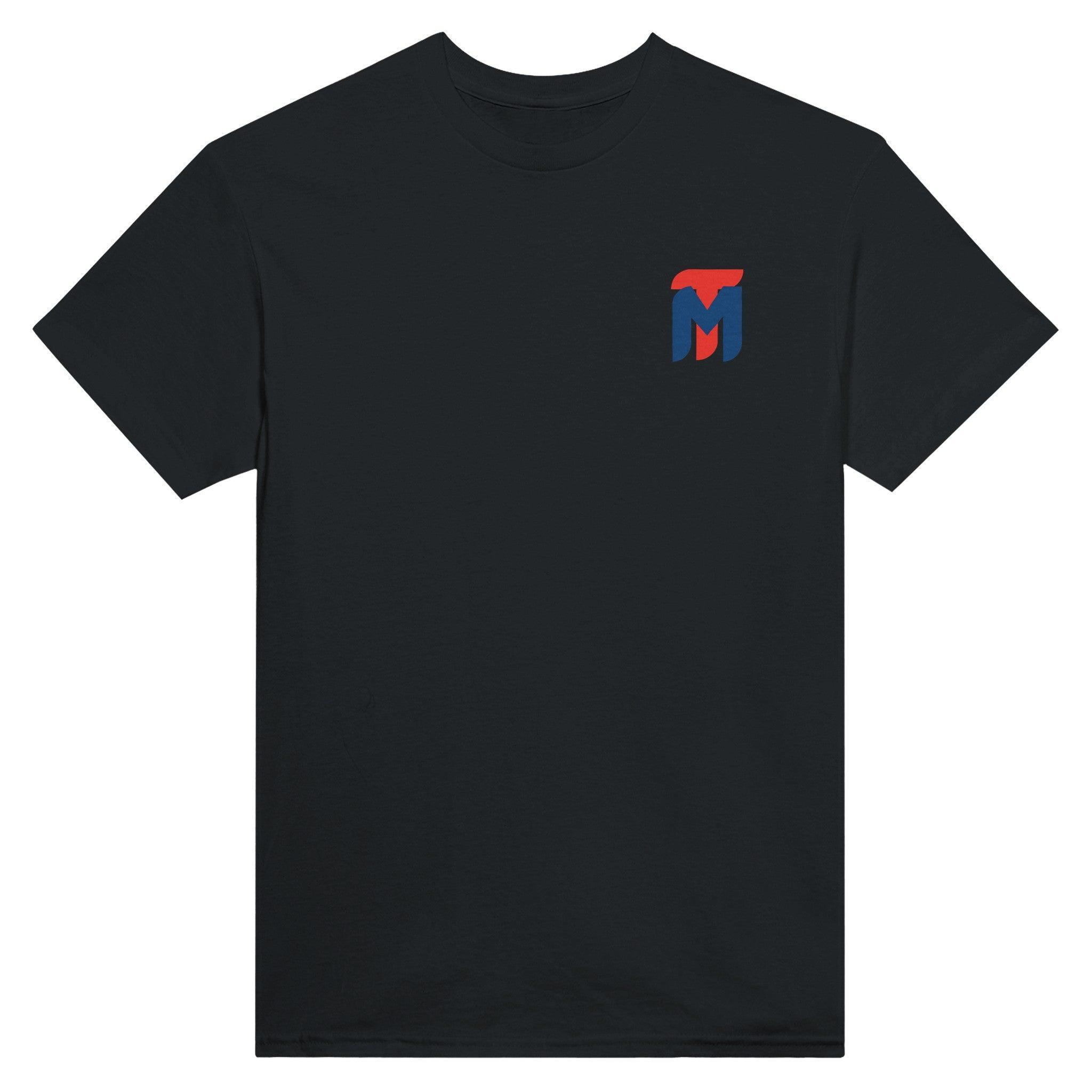Overview
Clinching is a form of stand-up wrestling that helps further differentiate Muay Thai from other martial arts. Clinching is complex and can often be misunderstood and boring to watch by the untrained eye. Nonetheless, with honed clinching skills, you can dominate opponents and even those much larger than you if their clinching skills are poor or they rely purely on strength. Proper balance and positioning are key to this, along with effectively controlling your opponent's head and arms. Some of the main positions in the clinch are the double collar tie, single collar tie, double underhook, cross-face and half-half.
There are restrictions in clinching compared to other types of wrestling - e.g. no grabbing below the waist, no "taking" the back, no lifting. However, this doesn't limit the variety of techniques available to us in the clinch. In fact, thanks to it's diversity and effectiveness, there is a specific type of fighter - Muay Khao - who look to consistently engage in the clinch so they can control their opponent's movement and wear them down with knees and elbows on the inside.
See the tips & tricks section below for some key points on how to build solid foundations into your clinch game.
Offensive Clinching ^
Offensive clinch work involves engaging your opponent and exerting control over them so you can strike at will while manipulating their body into positions that will ensure your strikes cause damage. When a fighter combines strength with solid clinch technique & creativity, they can prove very deadly. Getting into the clinch on your terms can be a challenge and often requires a blend of aggression and skill.
Examples of offensive clinch work include 1) double-collar tie (plum) and pulling down your opponent's head, 2) lifting your opponent's arms using double-underhooks and exposing their ribs to knee strikes, 3) control one of your opponent's arms in an armlock and use your other arm to grab around the back of their head and pull it down into your knee strikes.
Via The Striker's Lab
Shane Fazen with Petchboonchu @ FightTips
Defensive Clinching ^
Defensive clinch work involves locking up & manipulating your opponent so you restrict their ability to throw strikes and potentially force a break by the ref. This can be useful for those that know their opponent favours the clinch so you can nullify their strengths. Further, after offensive work and striking in the clinch, you can deploy defensive techniques to stop your opponent countering.
Examples of defensive clinch work include 1) holding your opponent around the waist with both arms (body-lock), 2) hooking your foot inside your opponent's thigh/knee to stop movement & knee strikes, 3) positioning your leg across the front of their legs with your knee in the hip (knee bar/block) - once again to restrict movement and knee strikes, 4) cross-face position.
Throws & Sweeps ^
Besides when catching a kick, being inside the clinch is the most ideal position for sweeping and throwing your opponent. When you first start training Muay Thai, you may think strength is the key factor but it rarely is. Timing and the ability to instantly react when your opponent is off-balance are far more important.
The difference between a throw and a sweep is a throw doesn't involve sweeping the opponent's feet out beneath them. However, both use similar motions and the act sweeping of an opponent's feet adds further imbalance to your opponent when you're twisting or throwing them. A basic throw involves keeping your hips close to your opponent's while twisting them over your hip and pulling them down with your arms. To make it more effective, you can post your leg across the outside of theirs and pull them over it. To add a sweep to it, as their head begins to lower, sweep out their feet and throw them over.
Throws and sweeps look dramatic and can lead to a loud crash on the canvas. They score highly, please the crowd and help to demoralise & wind your opponent.
Via MMAShredded
Julie Kitchen @ The Warrior Collective
Entry & Exit ^
Getting in and out of the clinch can be dangerous as you're stepping into knees and elbow range in the former, while retreating into punch and kick range in the latter. If you're guard isn't properly set-up or your entry/exit disguised with strikes, it's likely you'll get hit.
Entry
When entering the clinch, it's important to have an effective guard (hand traps and the long-guard work a treat) and also set-up the entry - whether that be by stepping in with a strike, slipping a strike and stepping forward or even cutting an angle and forcing entry. A skilled fighter will resist letting you enter the clinch on your terms, unless they're confident of gaining the upper-hand, so you will need to create/force an entry.
Exit
Exiting the clinch is often more dangerous than entering as people push or get pushed away and drop their guard. This opens up opportunities for knockout punches and head-kicks. Therefore, quickly resetting your guard is key. You can also counter the danger by throwing your own strike upon exit, whether you forced the exit or not. A well-time head kick can knockout opponents as they exit into kicking range.
Shane Fazan with Petchboonchu @ FightTips
Lawrence Kenshin's Striking Breakdowns featuring Buakaw
Knees in the clinch ^
Landing powerful knees in the clinch score well and can quickly wear down your opponent. Their power and effectiveness is dependent on positioning, balance and the level of control you have over your opponent's neck, body and/or arms. For example, if you control your opponent's neck with one arm and their bicep with the other, you could drive a powerful straight knee into the gut or solar-plexus, scoring highly and dealing damage. Or you could be locked in tight with yours and your opponent's arms locked behind each other's heads, swinging side knees into their ribs. This can score but it's unlikely to cause as much damage, as there is less distance for your knee to travel and less momentum behind it.
When kneeing in the clinch you need to be mindful of your balance and positioning as if you over commit, are off balance or can't return the strike quick enough, you can get caught and swept onto the canvas.
Tiger Muay Thai @ Tiger Muay Thai Muay Thai & MMA Gym, Phuket
Daniel McGowan & Parnpetch Rirom @ The Warrior Collective
Elbows in the clinch ^
Thanks to the close proximity of fighters in the clinch, elbows are always a threat. Just as with knees, their power and effectiveness is dependent on positioning, balance and the level of control you have over your opponent. If your opponent has control of your arms, it may not be possible to throw elbows at all, however, short, sharp elbow strikes can be thrown when working in the clinch and transitioning position or regaining arm control.
You'll cause more damage if you twist your hips into the strike and land with the sharp point of the elbow. Any part of the head and upper body is a suitable target when elbowing in the clinch and, when coupled with dominant control, you can easily cut or knockout your opponent. In order to avoid being on the receiving end, keep you head close to your opponents shoulder or head and be careful when pulling away.
Tips & Tricks ^
When starting out learning the clinch, students often neglect arm control (bicep, elbow & shoulder) and focus on grabbing the neck and head with as much strength as possible. The best clinch artists are those who are calm and composed in the clinch, using their strength sparingly and instead relying on techniques to manipulate their opponents either to open positions to strike or to lock them up, controlling the arms and head accordingly to achieve the desired goal. One core Muay Thai clinch technique is the single collar tie, which involves wrapping your arm around your opponent's neck and gaining tight bicep control. This allows for opportunities to twist, off balance your opponent, and land effective knee strikes.
Your posture and head position are important things to keep in mind when in the clinch. Having your head down or hips too far away from your opponent can open you up to elbows and knees, especially if you're shorter than them. Keep your chin tucked in and be creative with your shoulders. You can exert pressure on your opponent's arms by raising your shoulders and, when used in conjunction with your hips, you can break your opponent's grip.
Clinch work, like a Muay Thai fight in itself, is like a game of chess. Jostling back and forth for position, feeling and foreseeing your opponents next move, laying traps and pouncing, is all play part of building a well-round clinch game.
Malaipet Sasiprapa via Lollo Fight Channel
Shane Fazen with Petchboonchu @ FightTips
